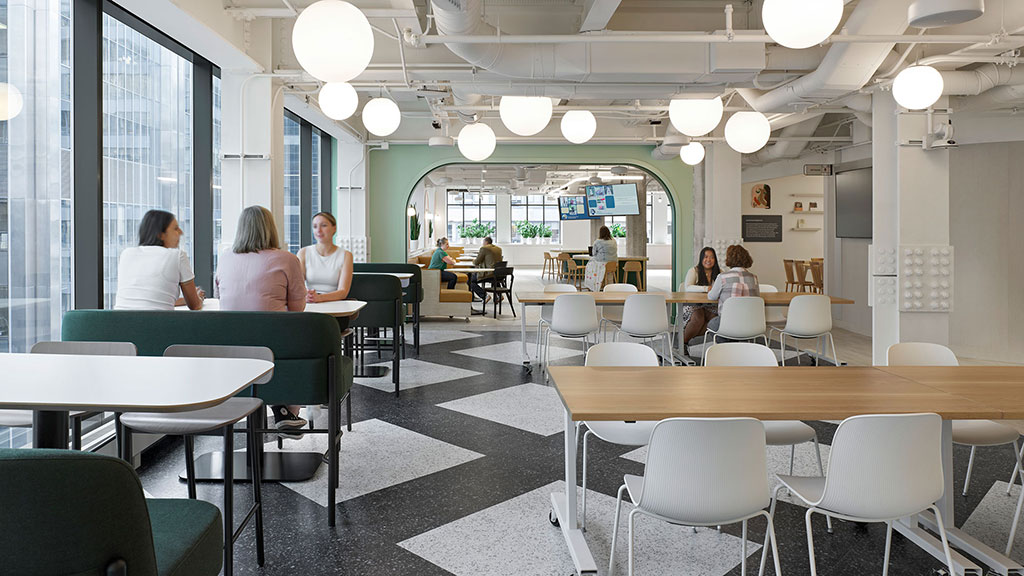How Can Companies Leverage the Sublease Market to Gain Access to Prime Office Space in Downtown Toronto?
January 23, 2023 | By Annie Bergeron, Kevin Katigbak
With companies reevaluating how to meaningfully reengage with the workplace, many enticing opportunities are appearing on the sublease market in the Greater Toronto Area.
New projects constructed just before, or very early in the pandemic, are ripe for reactivation. Current occupiers looking to achieve critical mass in their return to office are reconsidering their footprint and looking at both reinvention and consolidation to attain this goal. As a result, brand new office space is being re-released into the leasing market, just waiting for someone to capitalize on the opportunity.
Yet, the question remains: how do we transform an existing workplace to balance the evolving needs of a mobile workforce? And how can the office improve the experience of a geographically dispersed workforce that still requires intense focus, seamless hybrid connection, and meaningful face-to-face interactions?
Gensler’s Canada Workplace Survey 2022 research seeks to answer these questions. For the first time, the Gensler Research Institute surveyed nearly 2,000 Canadian office workers located in major business centres, between June and August, to compile data reflecting people’s sentiments on their current office environments and gather insights on what would improve their return to office experience. The results include only workers who had made a significant return to the office — one day per week or more — and cut across nine industries to produce a gender-balanced sample that covered a variety of roles and generations.
As momentum is building-up for a more robust return, we evaluated factors that would entice Canadian office workers to return in-person on a more consistent basis. Our survey uncovered a simple, yet surprising truth: people are returning to the office to focus on their work.
The sublease appeal
Gensler had recently completed a Canadian tech company workplace in downtown Toronto that was looking to consolidate their space to better accommodate a new hybrid work model. As such, they released three brand new floors that stood unused during the pandemic. That’s when a global player in the tech industry seized the opportunity to move into the highly coveted Technology District location.
The three-floor renovation leveraged the existing open office space while transforming all of the shared areas into highly experiential amenity-rich zones and hybrid-focused meeting spaces. They dedicated a full floor to client and employee services, including a customer experience center, a full-service barista bar and café, and a genius bar. As a sustainable and economic approach, built space, millwork, and furniture were reused throughout the project and blended seamlessly with the space enhancements.
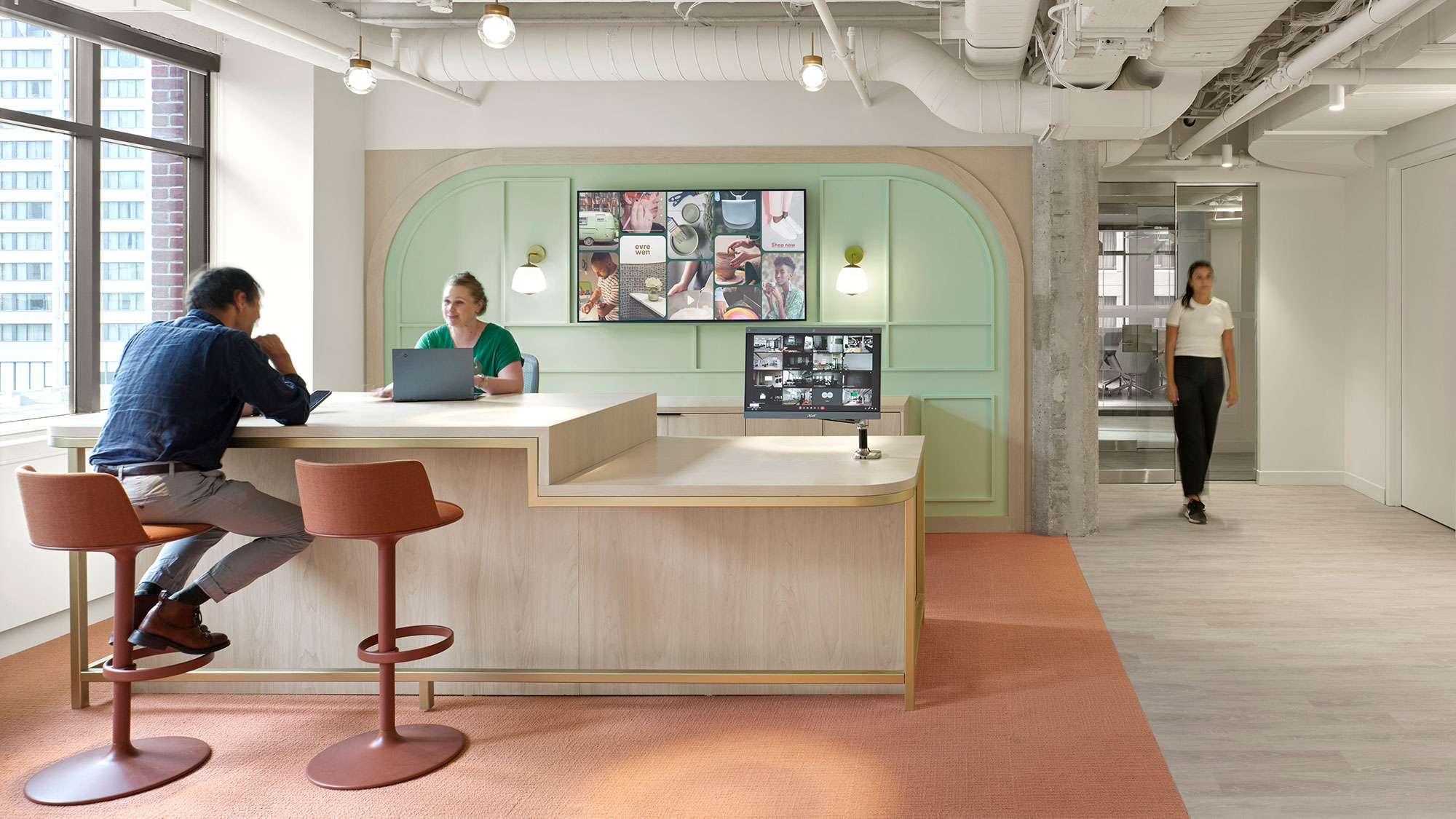
The newly designed office incorporates the findings from our Canadian Workplace Survey 2022, and serves as a center of attraction for their workforce.
Key finding #1: Effective workplaces successfully support individual and virtual work alongside collaborative work.
The success of any workplace lies in its ability to promote an environment that supports both individual and collaborative work. To do this, it is essential to create a flexible infrastructure that allows workers to freely transition between solo projects and team efforts.
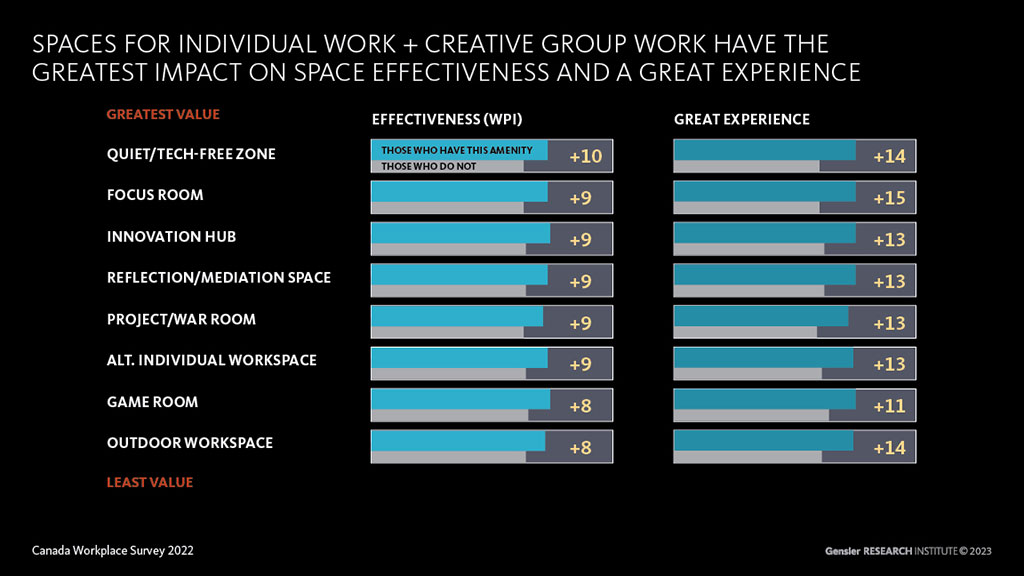
Additionally, organizations must ensure they have the right technology and resources available to meet whatever demands people have when working virtually or together. When these crucial components are in place, businesses can experience greater innovation, productivity, and creativity. By fostering an environment that enables a strong balance between individual effort and collaboration, companies can ensure their workers are getting the best of both worlds.
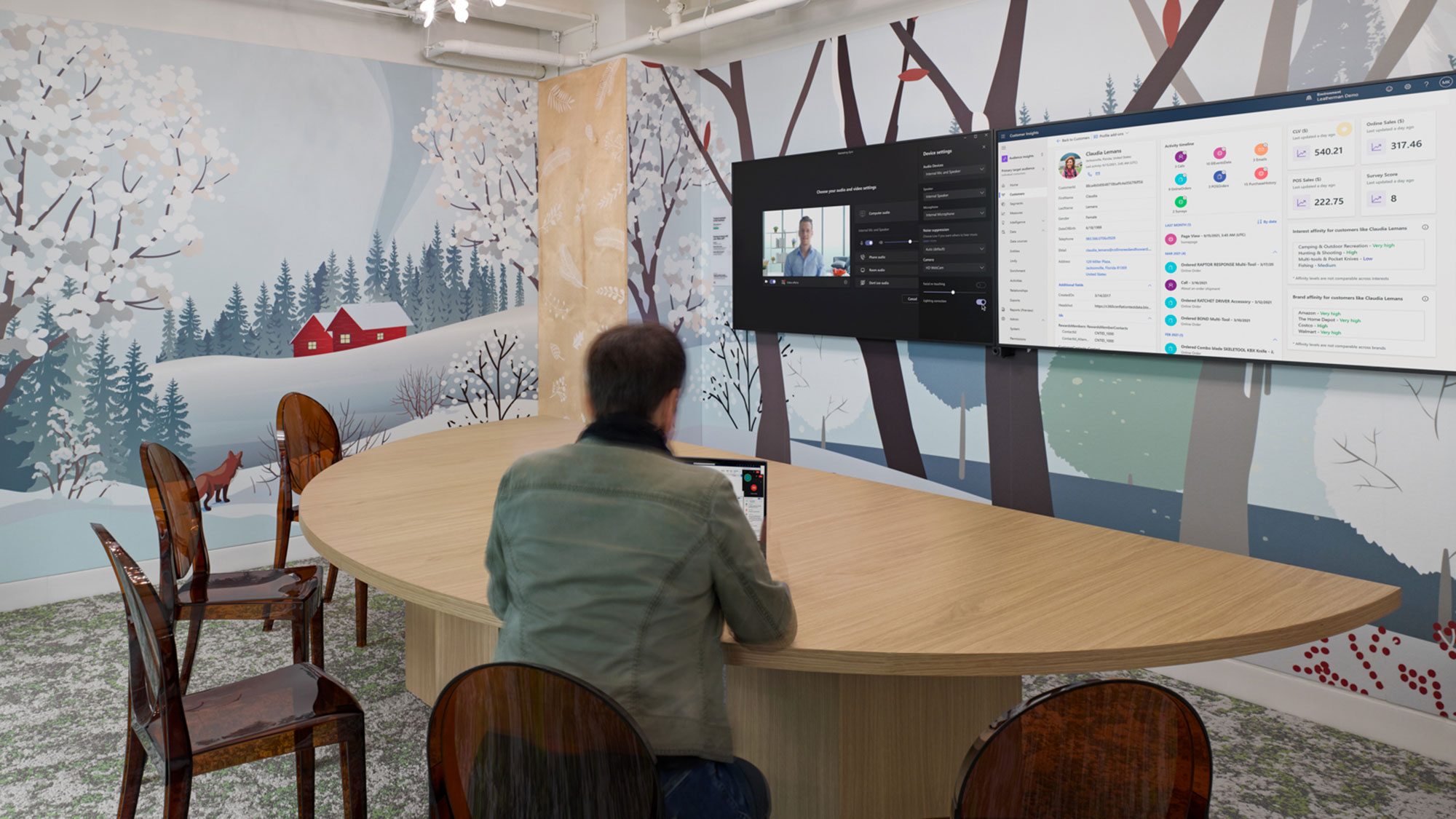
Key finding #2: The quality of workplace experience is a key driver in influencing employees’ decisions to work in the office.
Workers in high-performing workplaces are increasingly taking advantage of their offices as spaces for increased focus and productivity. Whether it's proofing important documents, sending critical emails, or simply achieving deep concentration, employees value the benefits of physical workspaces over virtual ones.
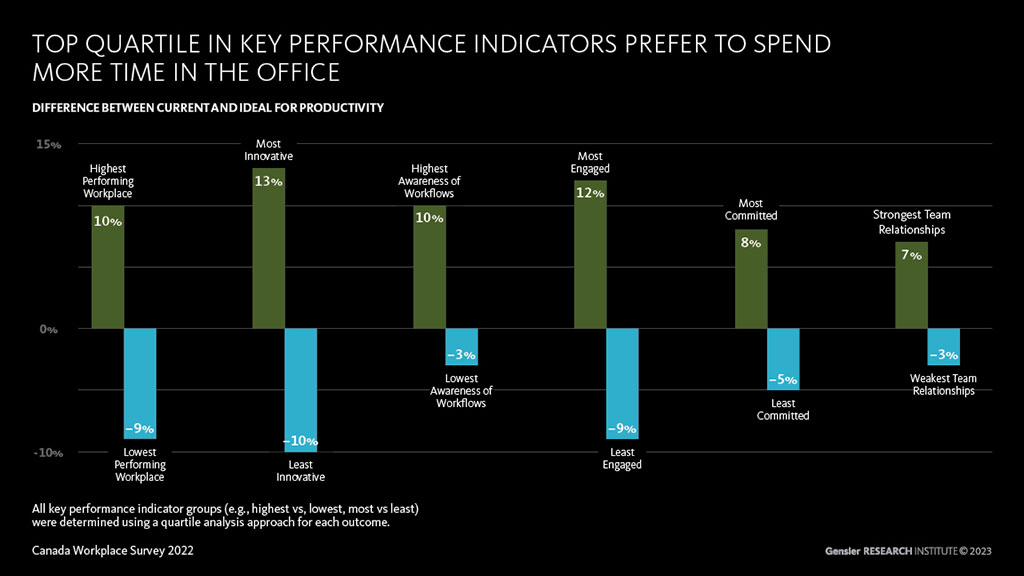
Making sure that employees have access to the right mix of environments is paramount – and in many cases that means a physical office space where workers can come together to collaborate and thrive.
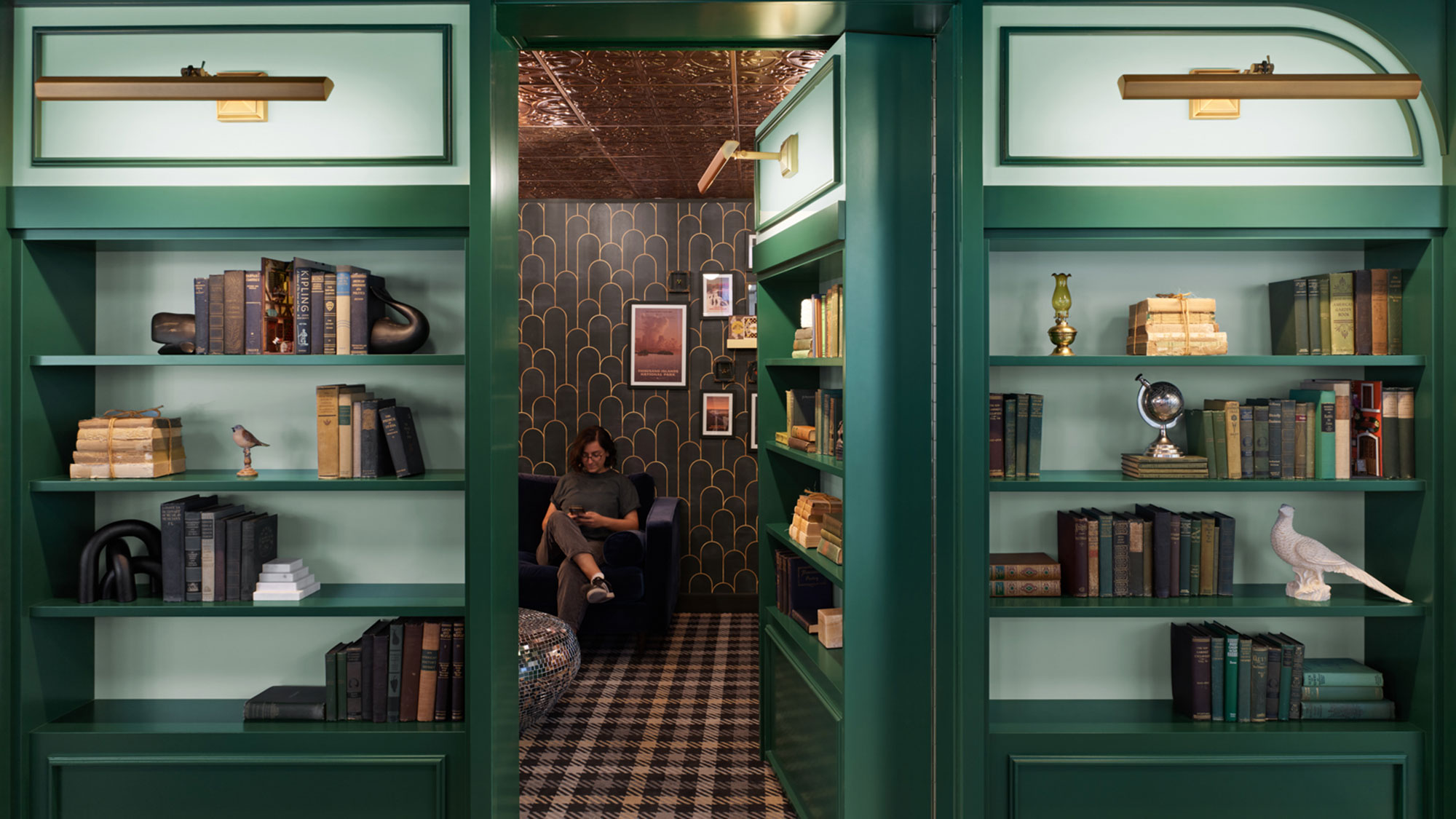
Key finding #3: Employees say having a rich diversity of experiences would be an incentive to work in the office more often.
Having a diversity of environments in the workplace has positive implications for employee morale and workplace culture. By creating the right mix of spaces, employers can foster creativity, collaboration, and communication between all their employees. This ensures that everyone feels included and valued, resulting in better job satisfaction and productivity.
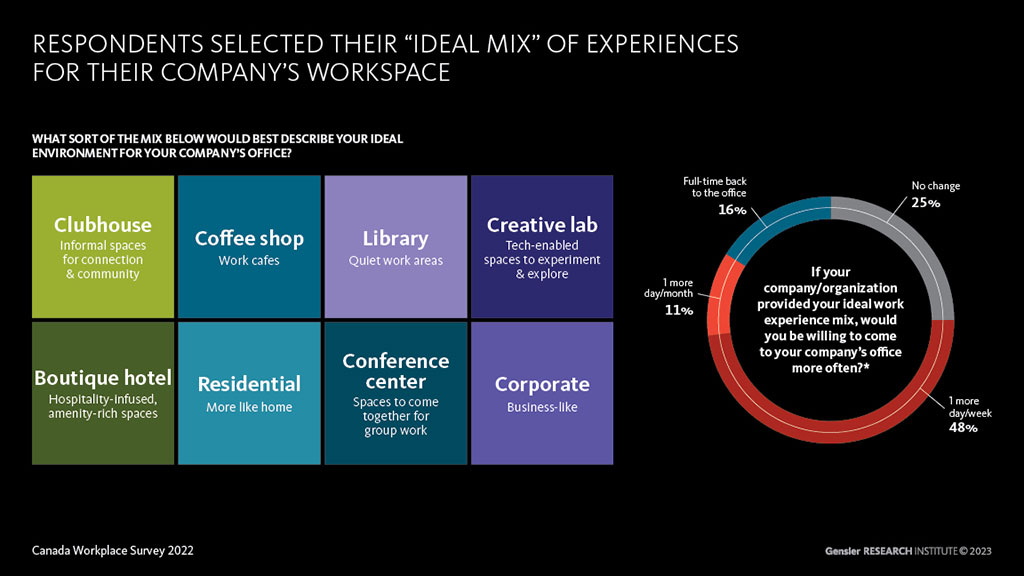
Ultimately, a company's success depends on its ability to attract and retain high-performing employees. Companies that offer a diverse set of experiences are more likely to attract the best talent and keep them engaged and motivated. Therefore, it's important for employers to recognize the value of creating a rich and varied work environment so that their teams can thrive.
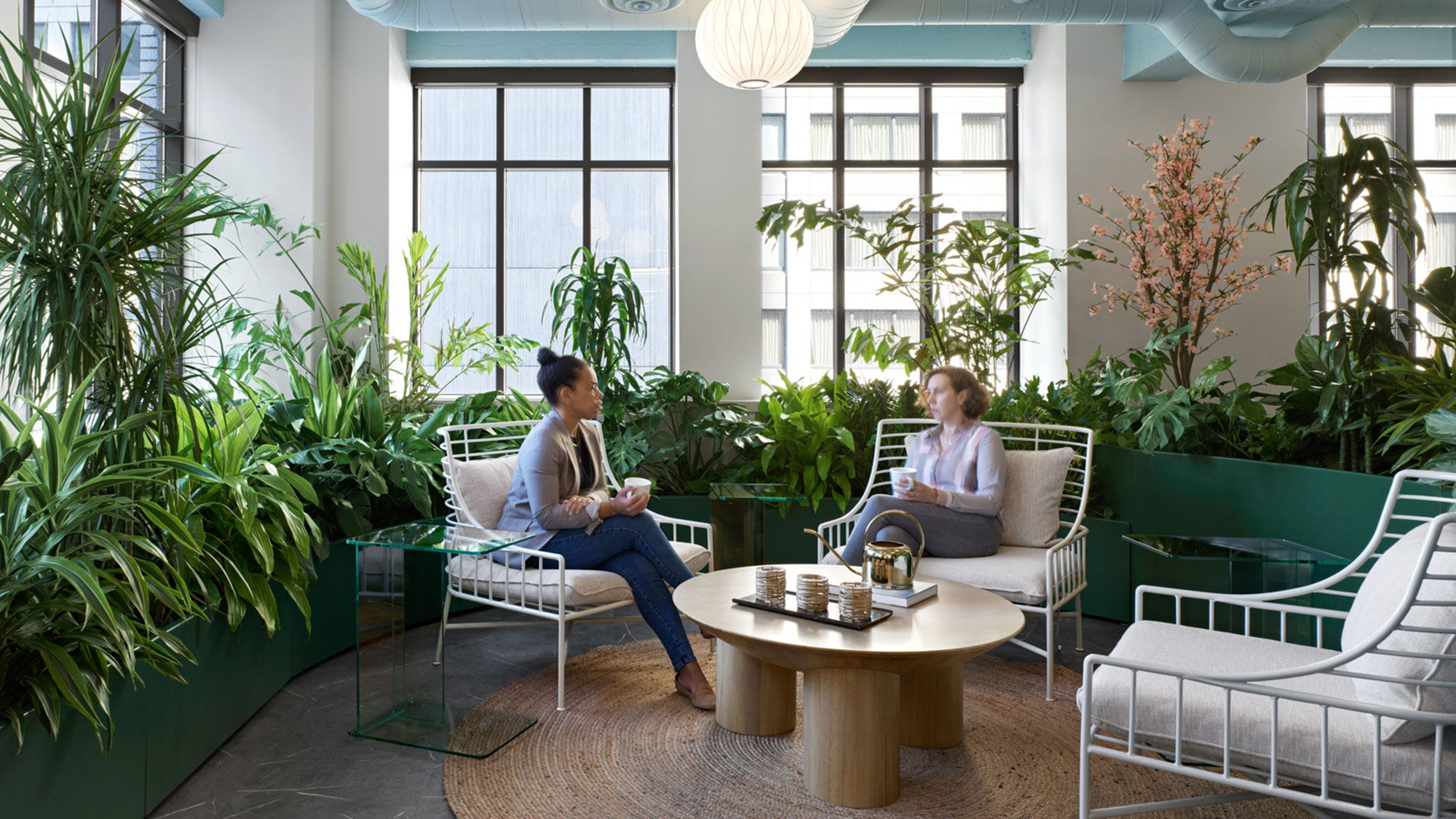
The opportunity ahead for the sublease market.
The new workplace designed for the global technology company in Toronto exemplifies these current market conditions and demonstrates how the workplace of tomorrow is evolving into a gathering place where people come to conduct business, but also to connect with community. It’s also a model of a sublease opportunity to transform underutilized space into a destination-worthy office in the hybrid work era.
A clear benefit to subleasing is economic: sublease space at Class A office properties in sought-after business districts come at a discount compared to direct leases. This offers a design opportunity to invest those savings in creating highly branded, experience-rich workplaces supported by best-in-class technology and A/V. Our research shows that having an amenity-rich experience would provide the incentive that workers need to come back to the office.
For media inquiries, email .
